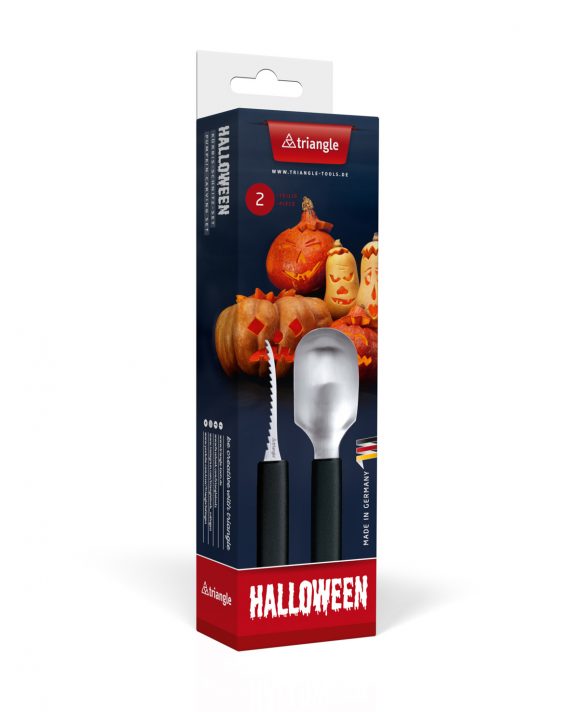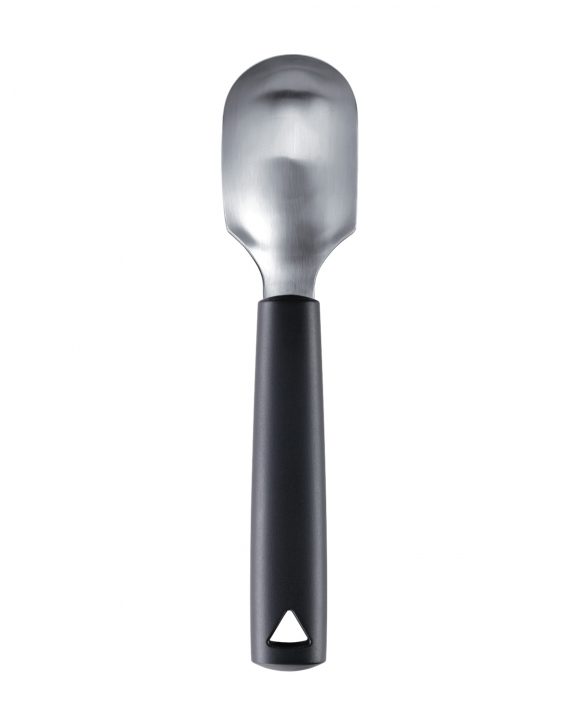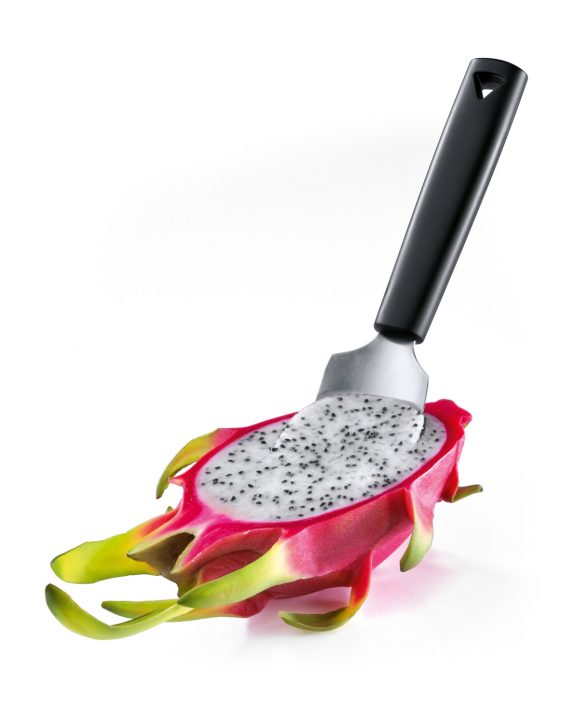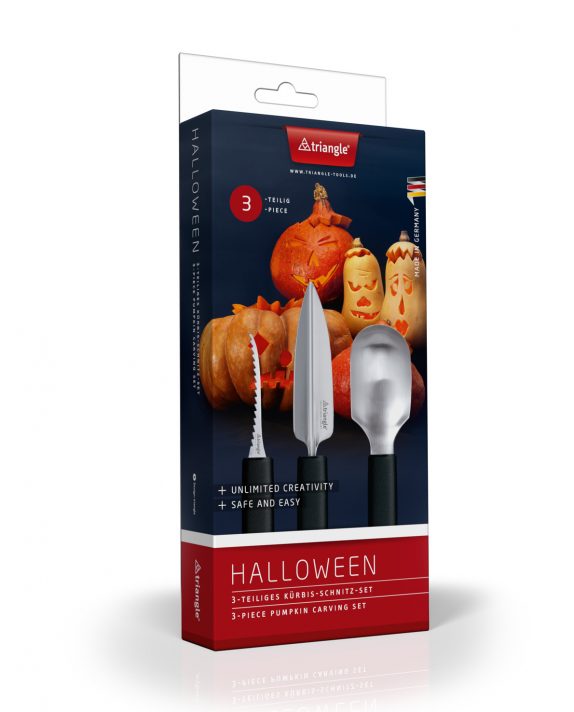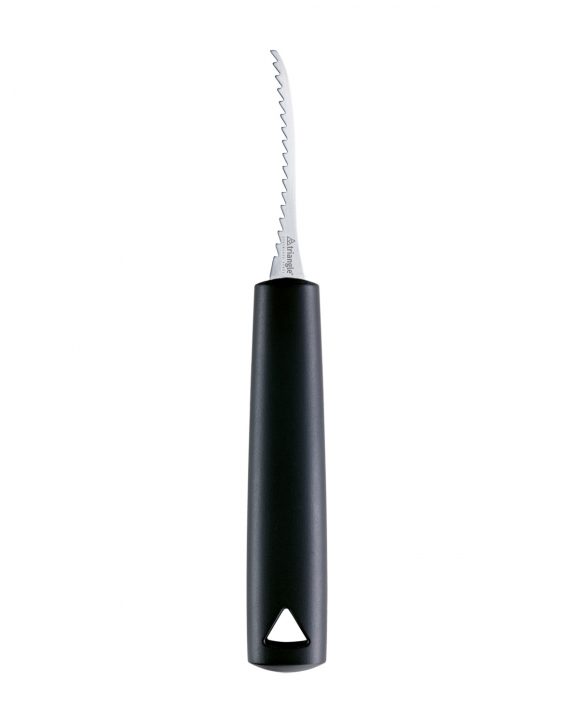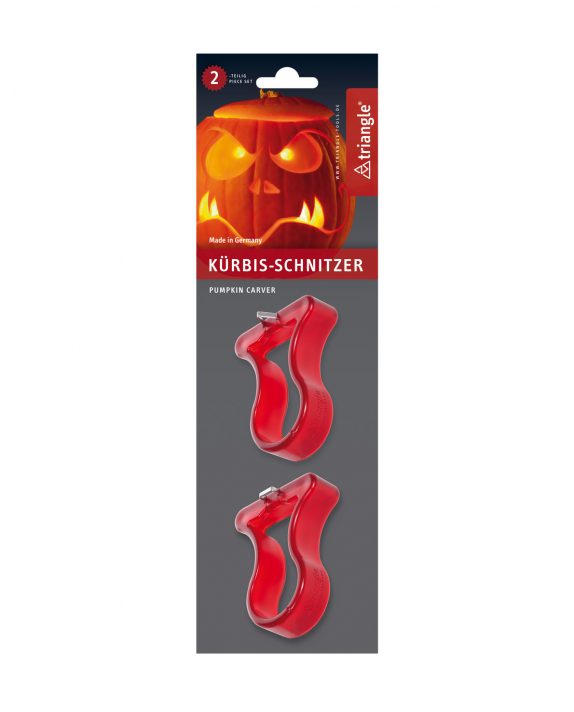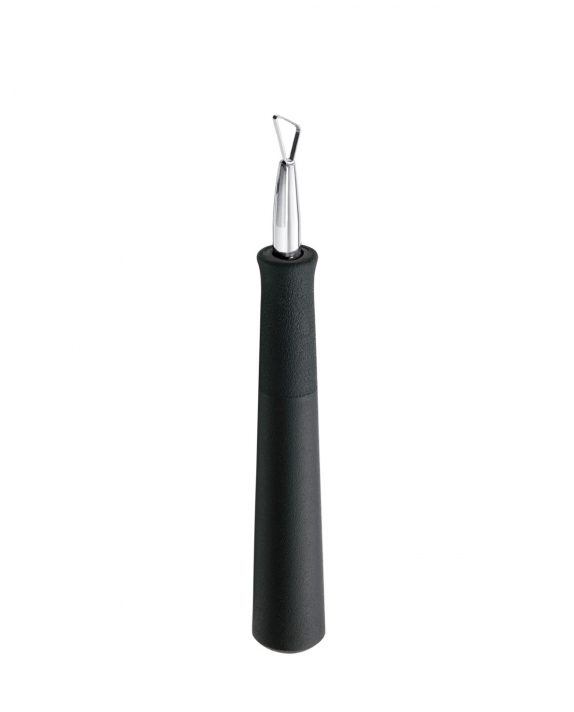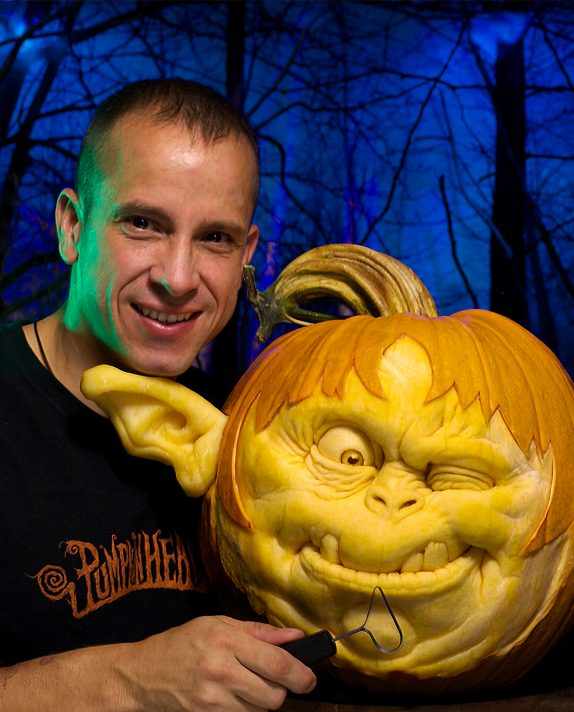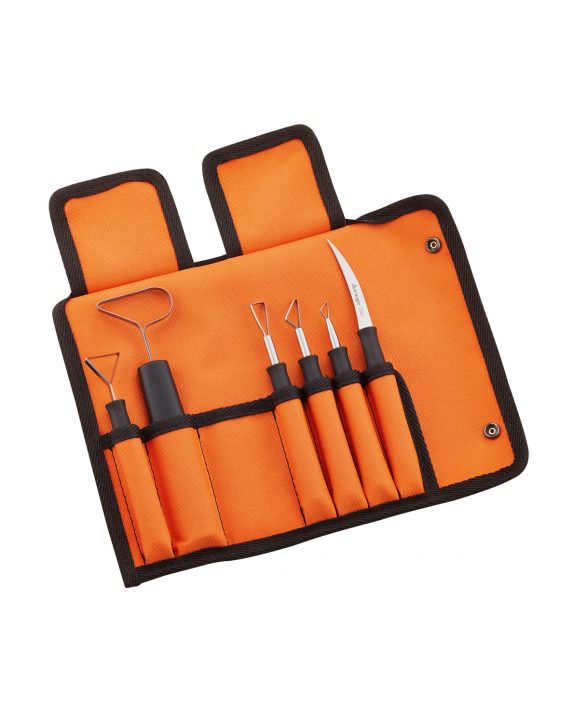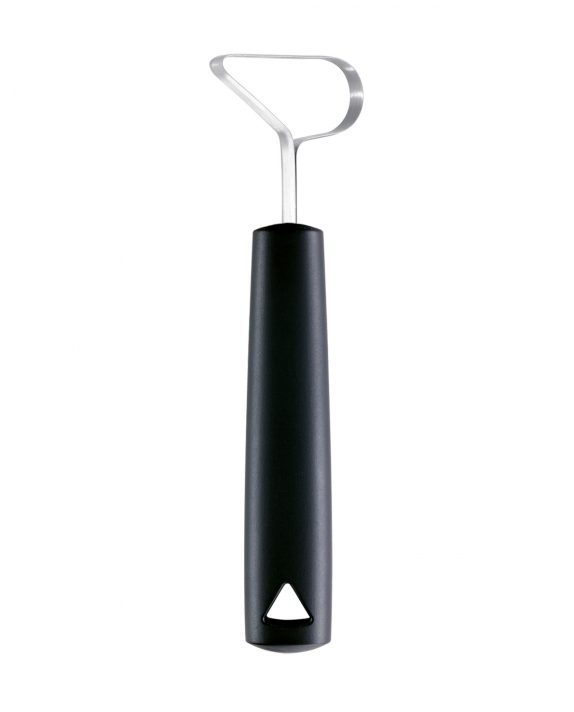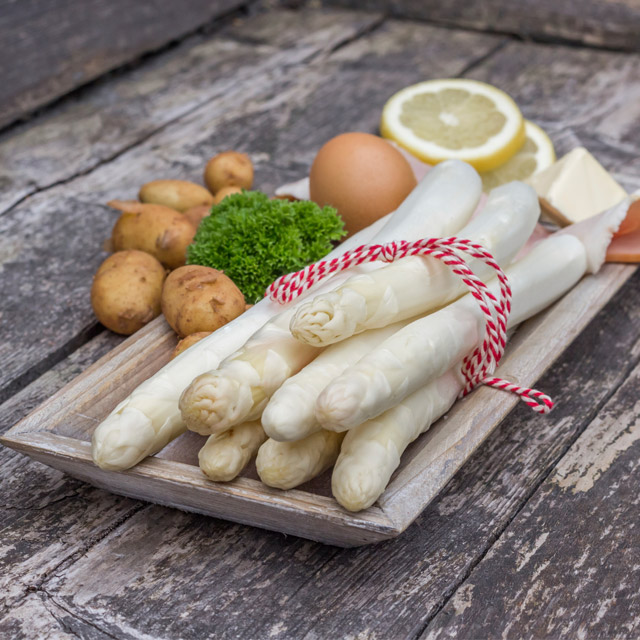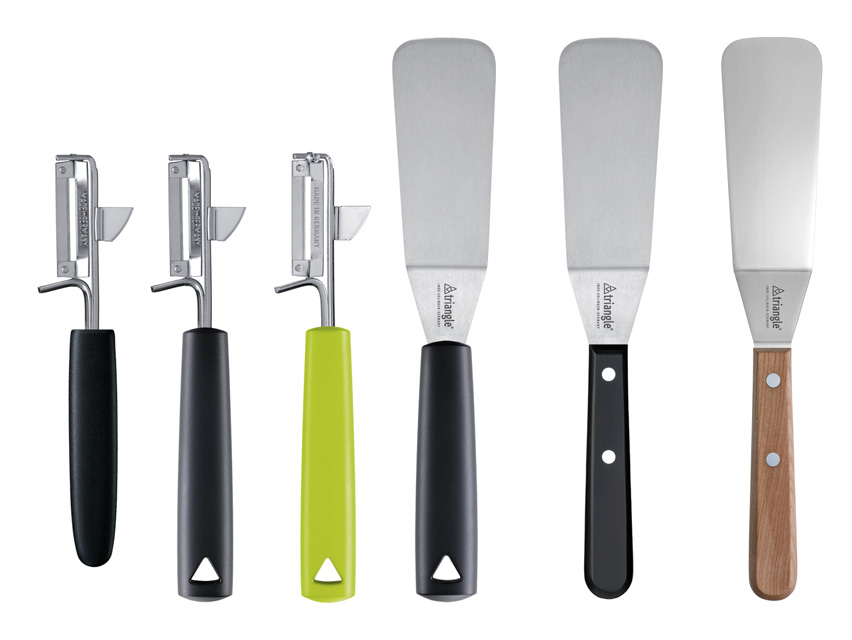Tips & tricks for pumpkin carving
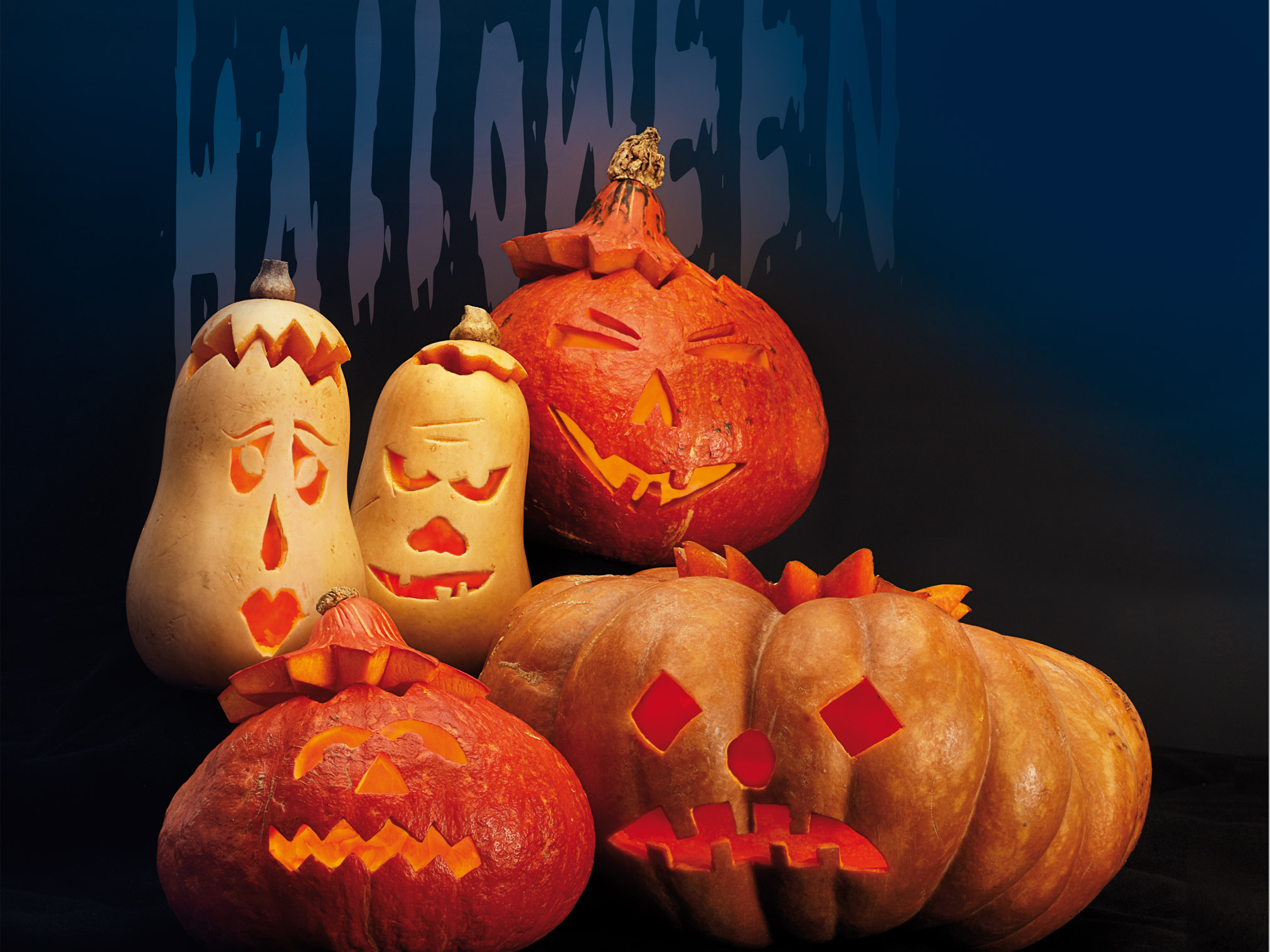
As the days get shorter and the leaves changes color, it’s time for atmospheric pumpkin decoration. Here we have put together tips and tricks for pumpkin carving, so that the scare does not start when carving.
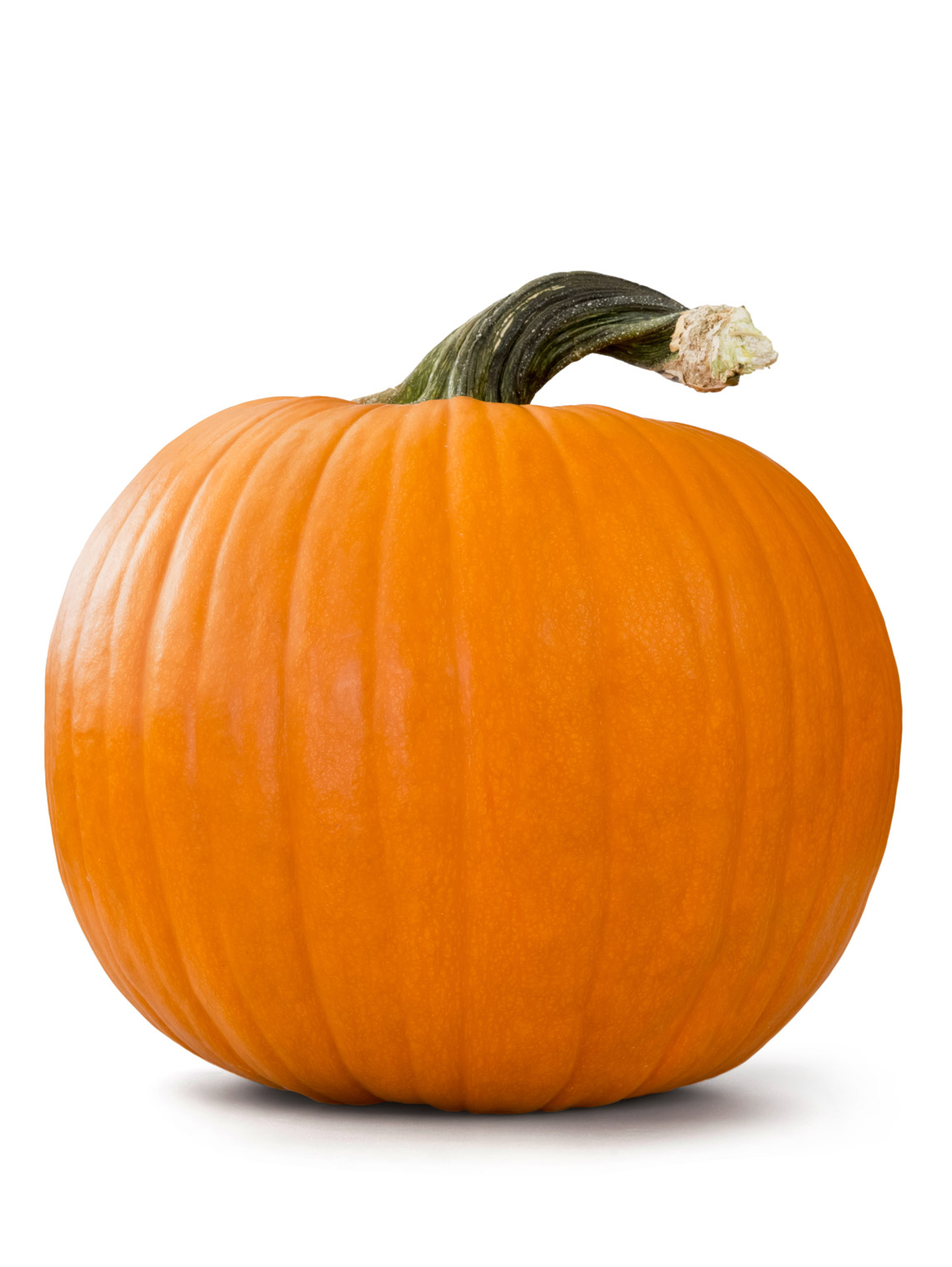
It’s all about the pumpkin
Pumpkins differ not only in terms of look and taste, but also in terms of shell hardness, thickness and flesh consistency. For Halloween decorations and carved pumpkins large, soft-shelled pumpkins with thin wall thickness are first choice. The varieties “Halloween” and “Jack o’Lantern” are particularly easy to carve and are easily available during the season. The 30-40 cm large specimens are perfect for carving with children and for classic pumpkin lanterns. Their disadvantage: Those pumpkins taste watery and bland and are unsuitable in the kitchen.
Squashes like Red Kuri look gorgeous, but are often very hard and difficult to work with, especially for children. Adults achieve great results with Red Kuri.
Butternut squashes are especially suitable for superficial decorations e.g. with pumpkin carvers. They have a soft shell, a lot of flesh and only a small core casing. The hollowed out meat can later be used for delicious dishes.
For artists, it is worth taking a look at unusual pumpkin varieties. For example thick-fleshed and interesting-looking varieties such as Blue Hubbard are perfect for 3D carving of ornate faces and sculptures.
Pick pumpkins with a firm, smooth surface. Soft, wet or transparent looking spots indicate spoilage. Pumpkins with long stems later look particularly beautiful and full of character. Well healed scratches and scars on the pumpkin are not necessarily a blemish. On the contrary, they give the pumpkin face more personality.
The classic: carving a pumpkin lantern
Carving pumpkin lanterns is great fun for the whole family because children and parents can work together. Especially younger children often need a lot of help to handle the heavy pumpkin. From the age of 3, many children are enthusiastic about helping their parents to scoop out seeds and help to choose what the face should look like. At the age of 10, children can handle the pumpkin all by themselves. Plan about 45 minutes for carving. With several children and pumpkins you will need a little longer.
Decisive is the choice of the right tool. Anyone who has ever worked a pumpkin with a kitchen knife and tablespoon knows that it is not only exhausting and tedious, but can become really dangerous. Therefore, you should not save on a stable and versatile pumpkin saw and a suitable, sharp-edged spoon.
And this is how to approach the pumpkin:
Step 1
You need to make a lid. You can open it either circular, wavy or zig-zag. The easiest way is with a v-shaped angle cutter or with a pumpkin saw. The opening should be not too small, so that you have enough space when recovig the seeds later.
Tip: If you cut at a 45 ° angle towards the center of the pumpkin , the pumpkin lid will later fit particularly well and you will reach the inside more easily.
Step 2
The seeds and excess pulp must be removed. To do this, scrape off the fibers and seeds from the pulp with a sharp-edged spoon. Where eyes, mouth and other cutouts should be, scrap the wall thinner until only about 3 cm (1.2 inch) remain.
Tip: You do not have to throw away the seeds of many pumpkin varieties. Dried and roasted in the oven they are a delicious snack.
Step 3
Now it’s time to get creative. If you use templates, you can attach them with pins or scotch tape to the pumpkin and pierce the outlines with a needle.
If you prefer to draw freehand, you can use a waterproof felt-tip pen or a regular pen. If you do not press too hard, you can erase it later with the scrubbing side of a dish sponge. If the pen goes on strike because fruit wax has accumulated, you simply clean the tip with a tissue.
Tip: Big “cartoon eyes” look very nice . For the eye is only superficially exposed with a pumpkin carver and only the pupil is cut out.
Step 4 – Cut out the face
If the face is mapped out, you can start cutting out the openings for the eyes, nose and mouth with a pumpkin saw. To do this, the saw is simply pricked into the pumpkin and moved back and forth in the cutting direction with quick movements and slight pressure. A lot of power is not necessary at all, just keep on sawing with light and fast movements.
Step 5 – The fine-tuning
Finally, you can let the imagination play again. Eyebrows? Hair? Ears or scary scars? Such details give character to the pumpkin and are made quickly with special tools such as e.g. Pumpkin Carvers.
If you use pumpkin carvers to clear surfaces, you can play with the thickness of the pulp. The thinner the flesh behind the exposed surface, the stronger the light will shine through later.
Step 6 – Illuminate
The pumpkin lantern is finished and ready for lighting. Whether with a tealight or a special LED light is left to personal taste. If you choose a tealight, make sure that the pumpkin is big enough so that there is enough space between the flame and the lid.
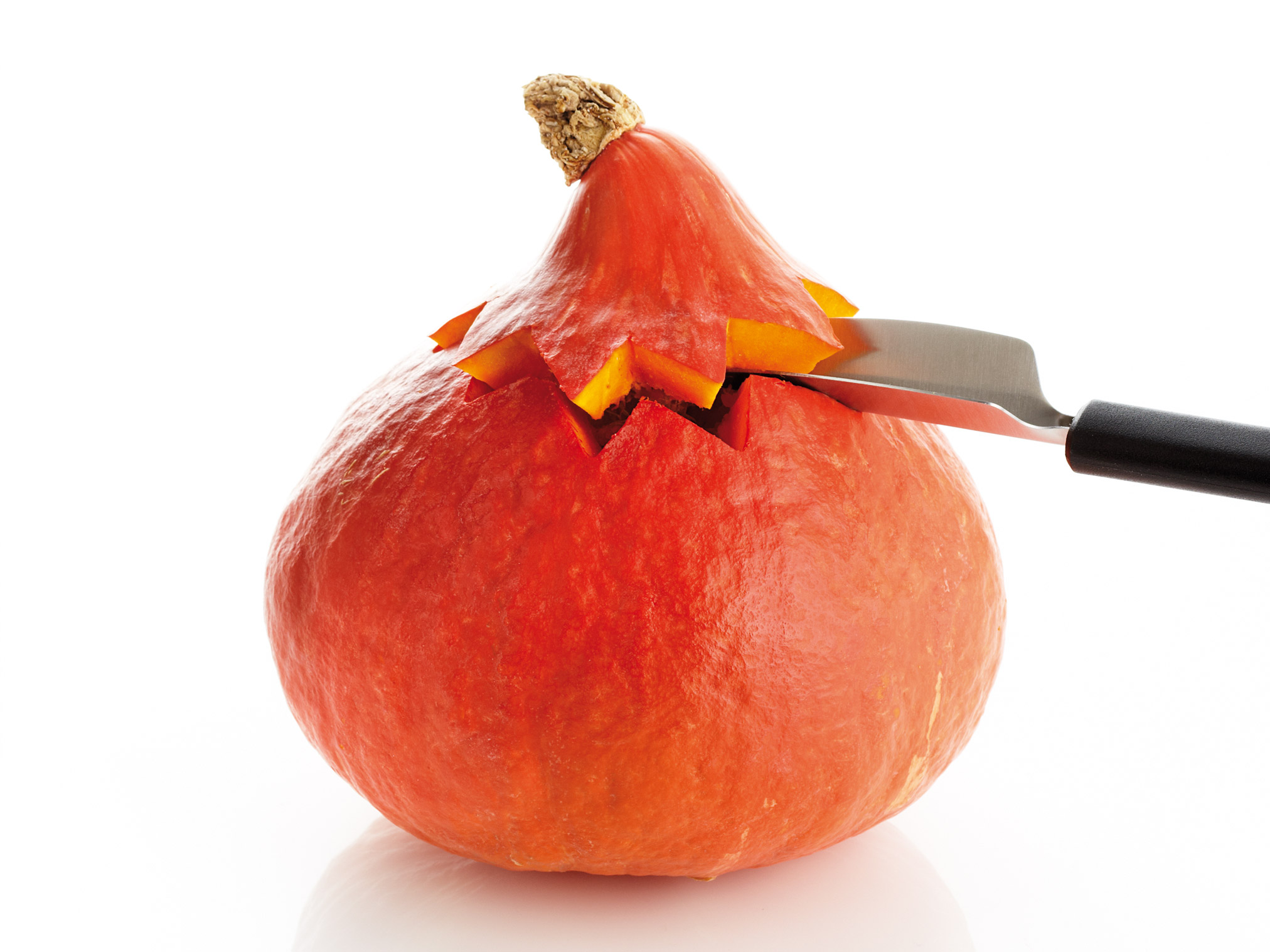
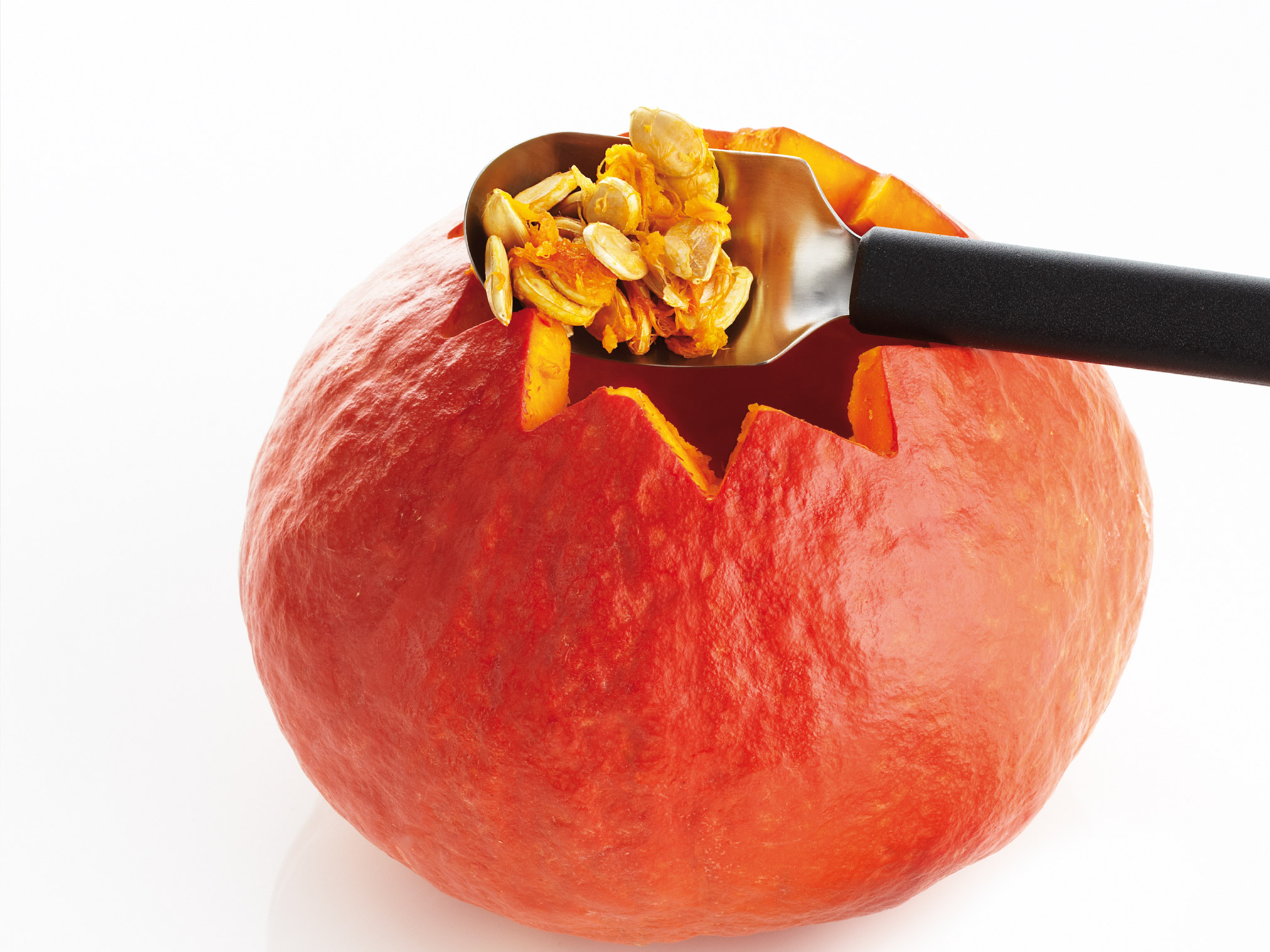
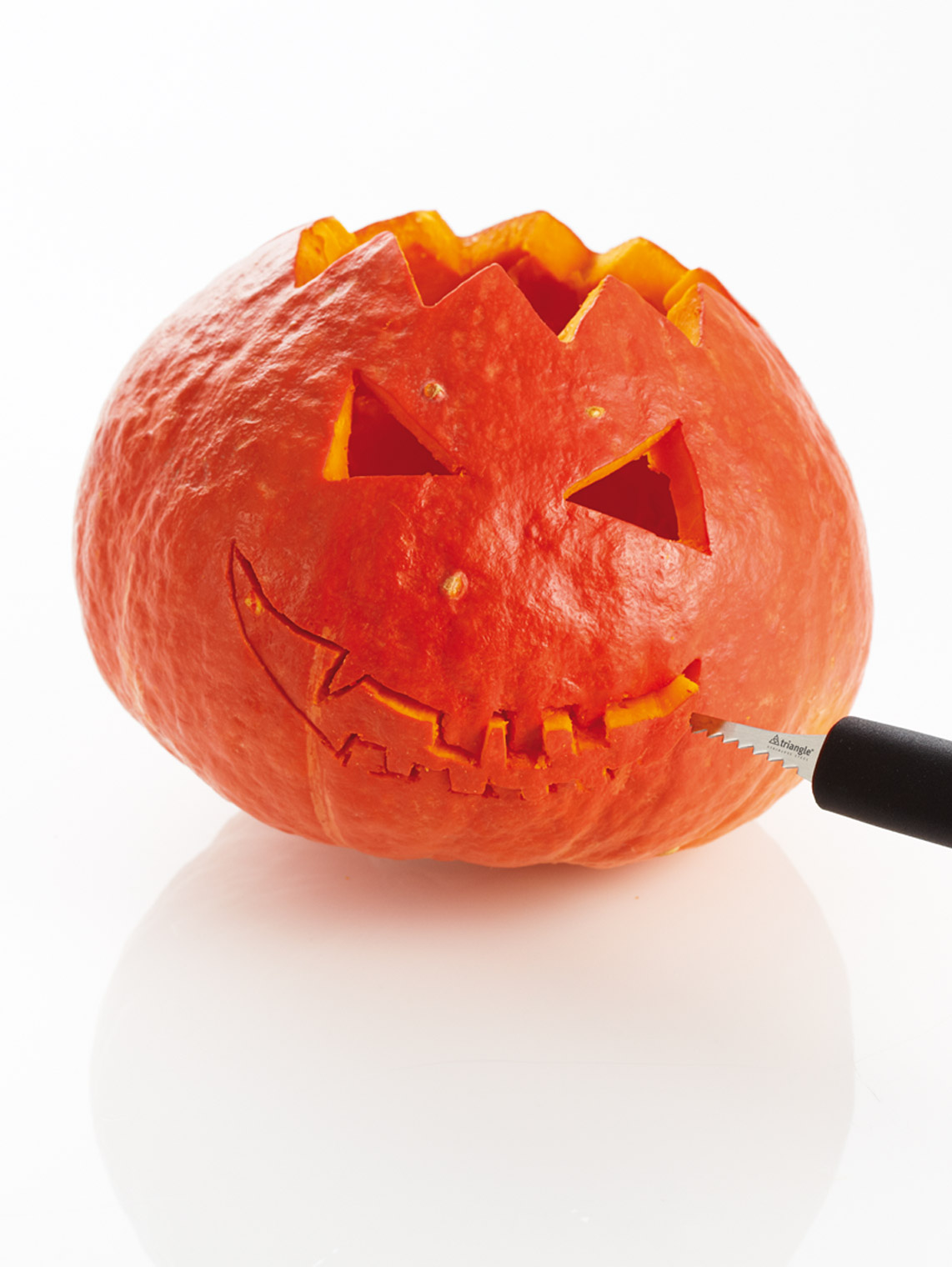
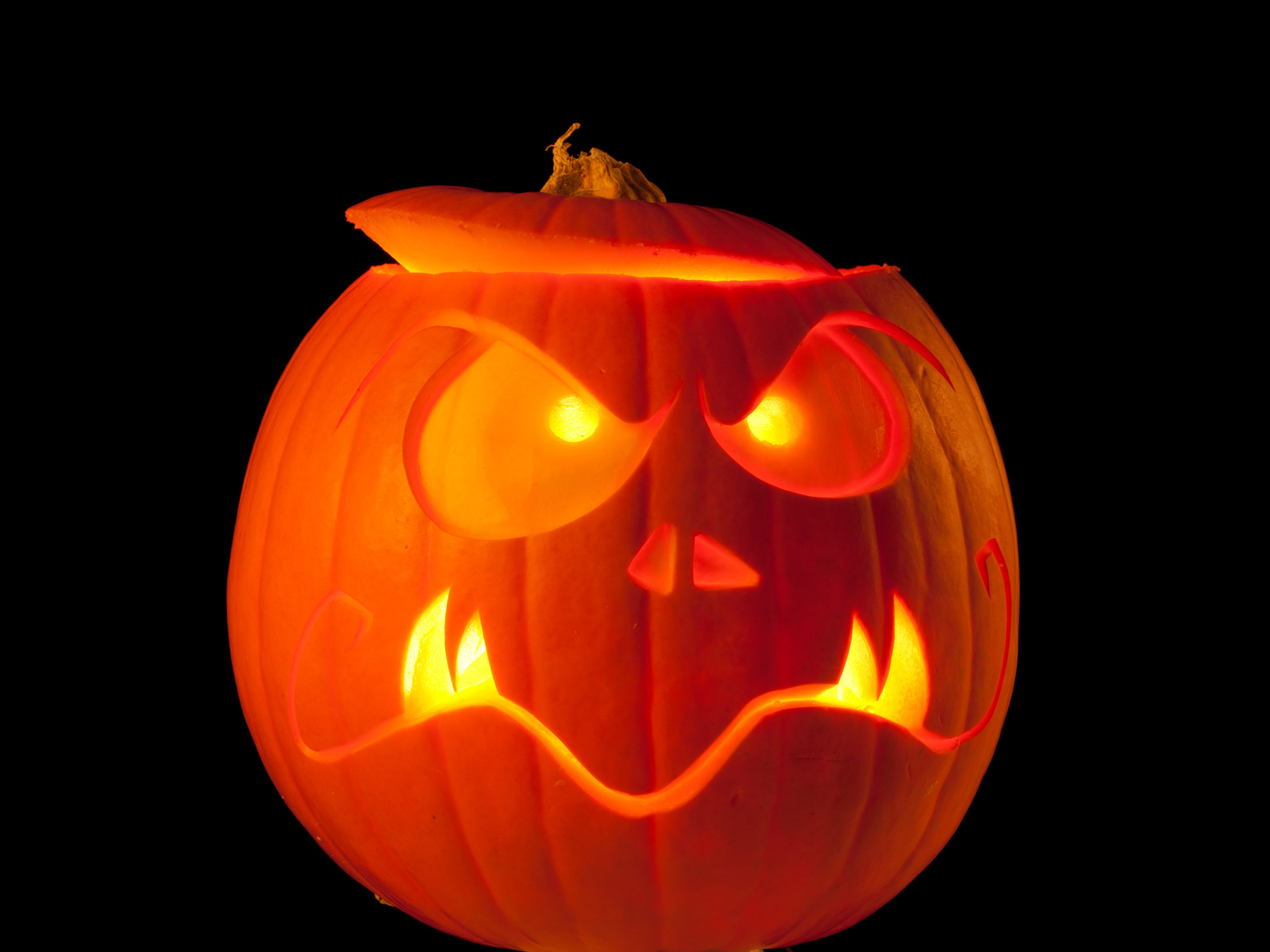
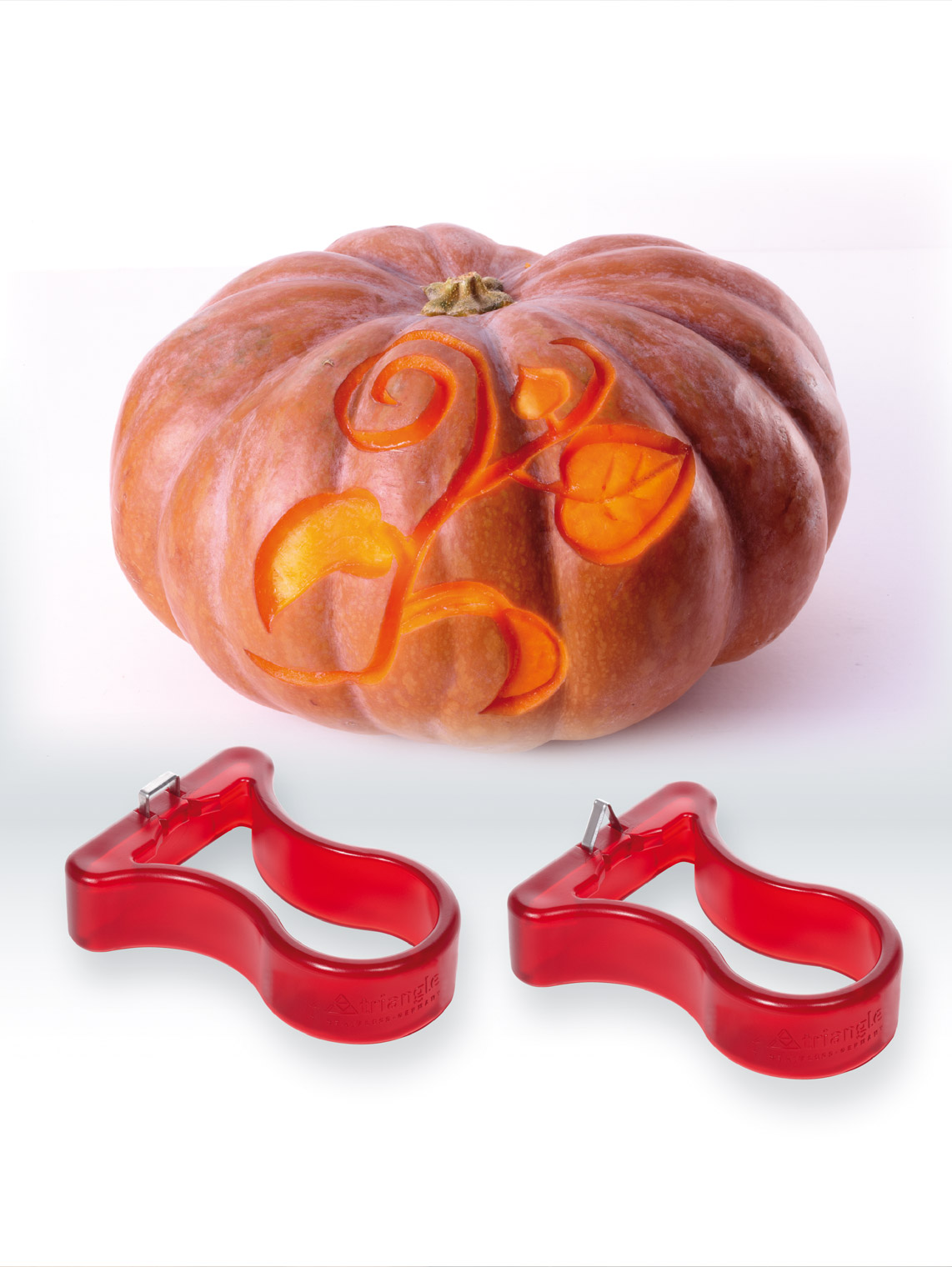
Extend your pumpkin’s life
Unfortunately, pumpkin lanterns stay not fresh for too long. Depending on the weather, they only last 2-6 days. Therefore, it is best to carve them just before Halloween. While various tips circulate to extend the life of the pumpkin lantern, such as spraying the pumpkin inside with hair spray you cannot stop the spoilage for more than 1-2 days .
Up to 6 weeks fresh stay pumpkins which are only superficially decorated. If the core housing is not damaged and only the shell is scratched or peeled off a bit, the surface dries and forms again a solid shell. It prevents the penetration of germs and thus the spoilage. Such pumpkins can even be used later in the kitchen.
There is one option, however, to preserve small pumpkin art works permanently. All you need is a tight-fitting glass jar into which the pumpkin fits and lots of clear white vinegar. Freshly carved, covered with vinegar and hermetically sealed, the creepy works of art can survive many months and sometimes even years. If the vinegar becomes cloudy, carefully remove the pumpkin, clean the vessel and put it in fresh vinegar. This trick works best with hard-flesh pumpkins and sweet potatoes.
Superficial carvings – unusual and long lasting
Very nice are pumpkins which are decorated only in the skin. In addition they are – if the weather and the quality of the pumpkin allow – quite long lasting. If the cuts in the shell are not too extensive, they dry up and the punpkin is protected from spoiling. The carved pumpkin can remain unlit but with lighting it is a very special eye-catcher. But it makes it much less durable.
To achieve the special effect, the pumpkin carvers remove only the shell in the desired places and maybe also a little flesh. With a 2-piece Pumpkin Carver Set one can already achieve great results. For more depth and dimension you can also use another pumpkin carver and other tools.
Step 1- The planning
What should the pumpkin look like? How many levels should it have? Different levels provide great 3D effects, especially with illuminated pumpkins. Like the pumpkin lantern you can draw it with a suitable pen or use paper templates.
Step 2 – The outlines
With a V-shaped pumpkin carver, all lines and contours are cut out first. The sharp shape of the cut ensures impressive light and shadow effects later .
Step 3 – Expose all areas
With the U-shaped carver you now remove the skin inside the outlines. Since it does not cut as deeply as the V-shaped carver, it creates an interesting 3-D effect.
If you want to work with several levels, the deepest level should be made first. For this use e.g. the pumpkin carver U-long.
Step 4 – Illuminate (optional or anytime later )
If you want to illuminate the pumpkin, open it either from the bottom or from the lid, remove the core casing and excess pulp. The thinner you make the pumpkin wall at your carving, the better the effect later. But so not overdo it because the stability will suffer.
Tip: If you use a candle and open the pumpkin from the bottom, you should also provide a small air opening at the top.

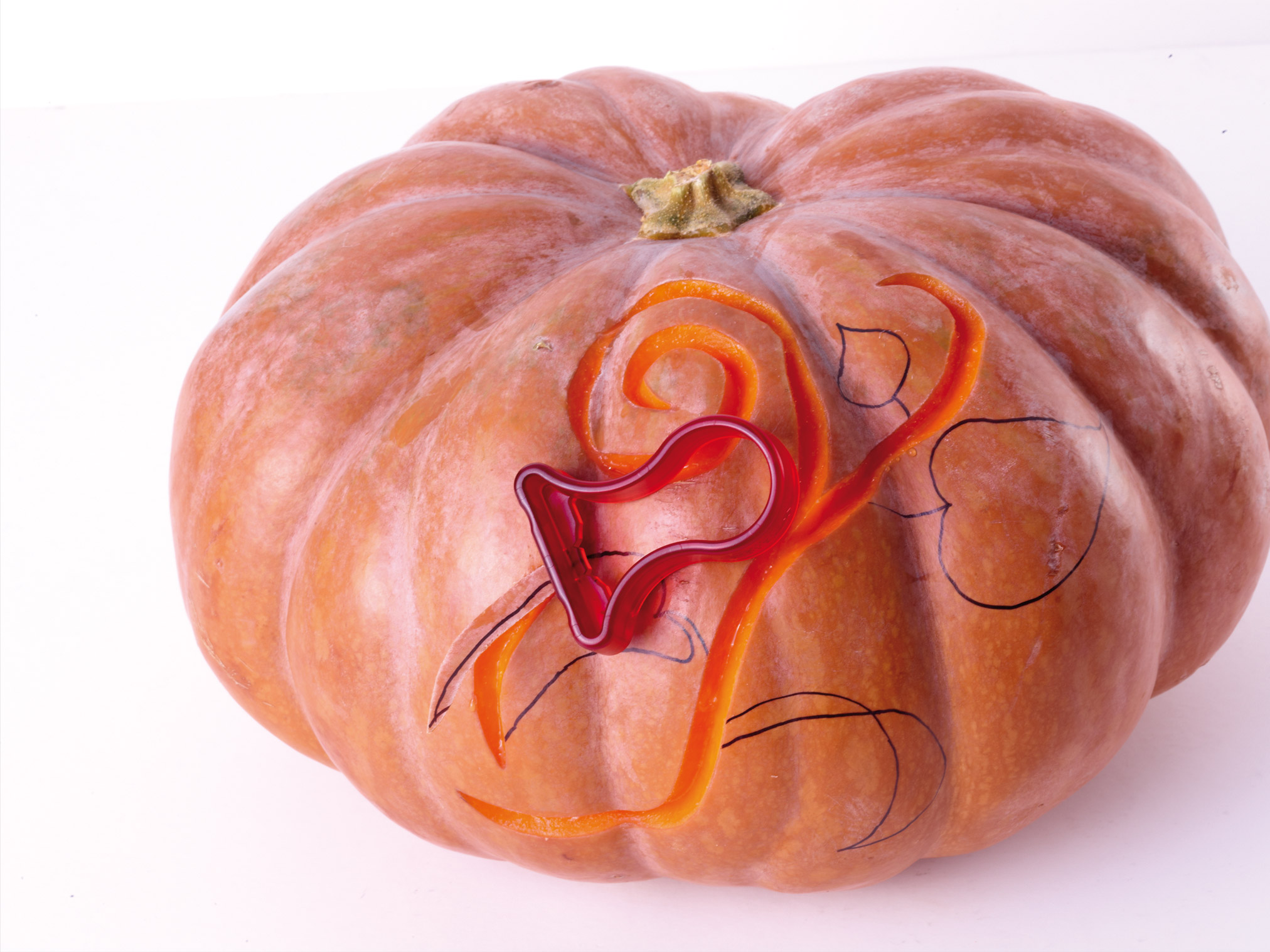
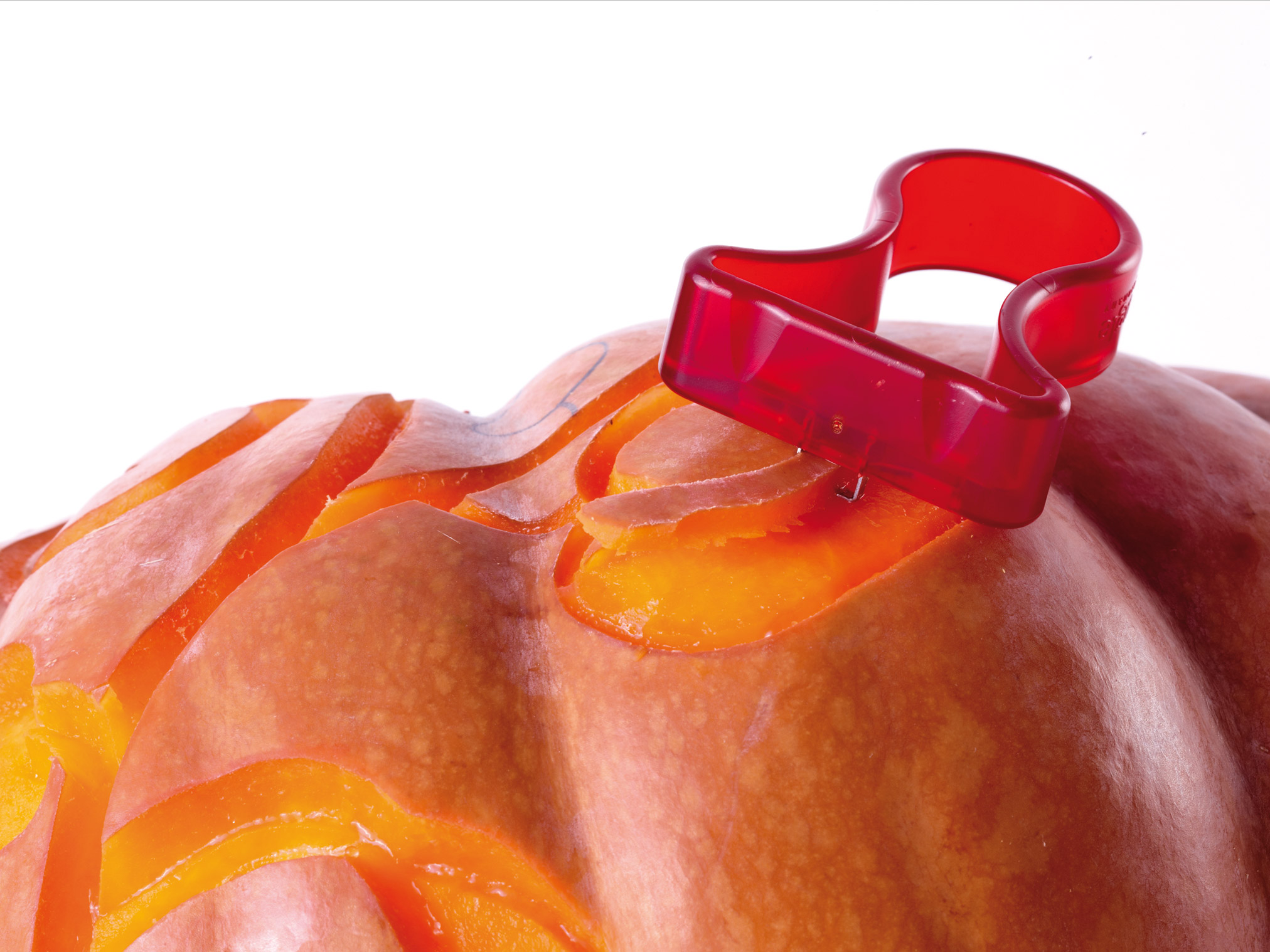
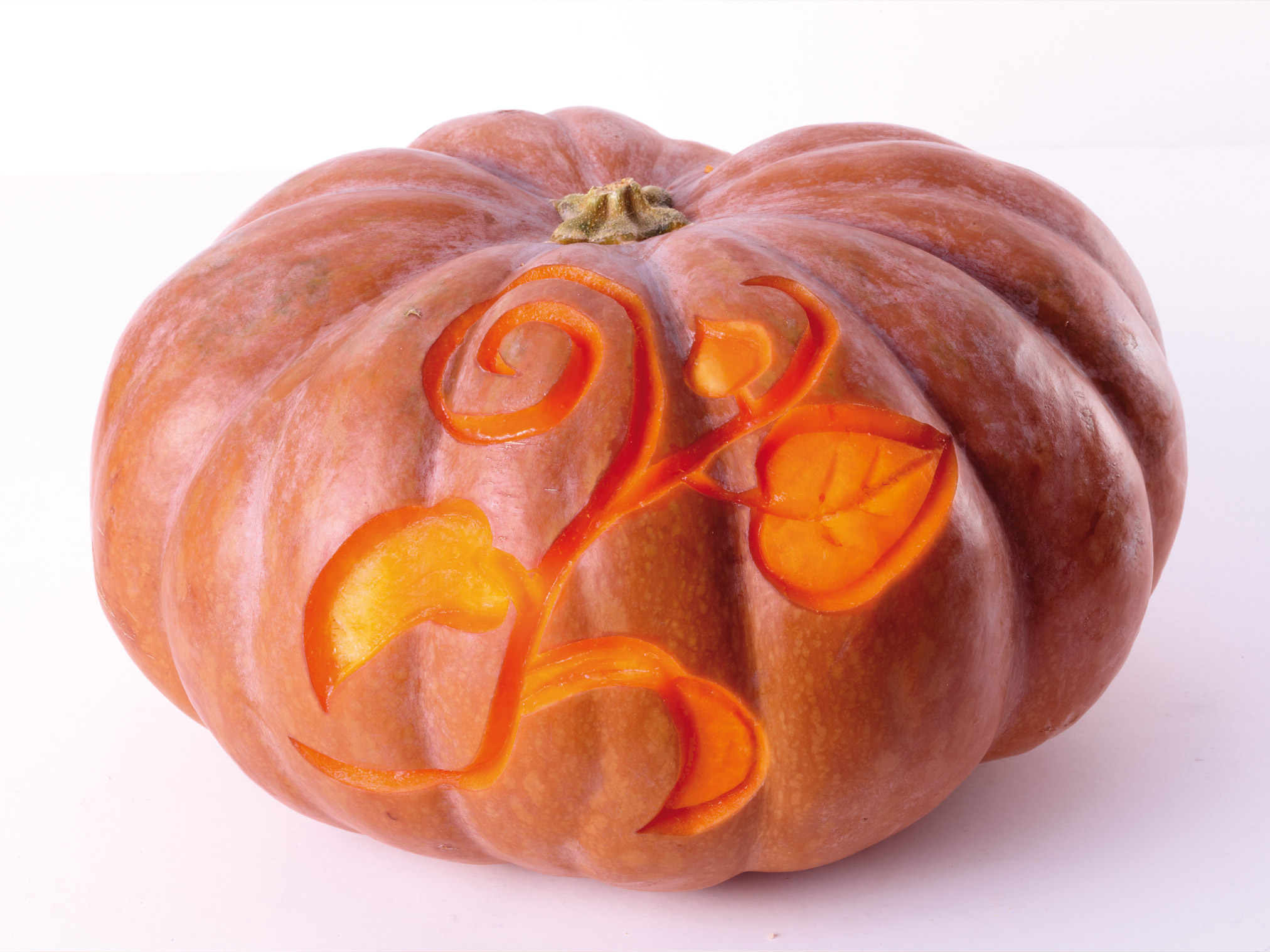
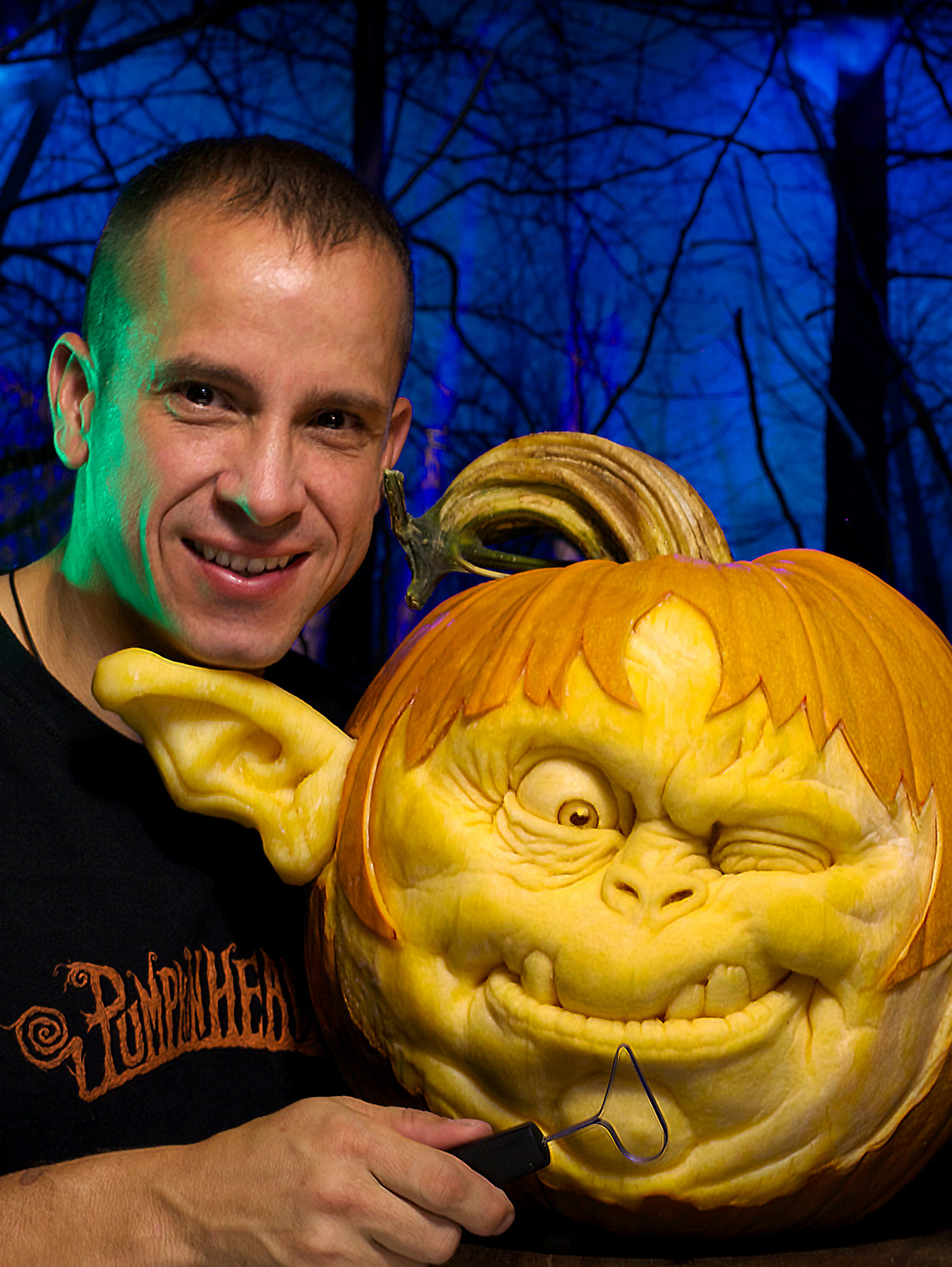
For artists
If you take a look in the USA, where Halloween is celebrated big, then you quickly find out that pumpkin carving does not end with illuminated lanterns. There are true artists who make incredible things out of the big vegetables.
Ray Villafane, founder of Villafane Studios, is such an artist who carves incomparably lifelike, creepy and often amusing sculptures out of pumpkins. The technique behind it is not that difficult and surprisingly easy to learn even for beginners. We tested it in one of his workshops and loved it.
With scraping movements, the surface of the pumpkin is removed layer by layer until the desired features are created. Then sharp contours are drawn with fine tools, so that light and shadow transform the pumpkin into a living being.
Of course, a kitchen knife is not enough here. In addition to the right tools, such as the Villafane Scupting Set, we recommend looking at the internet and Ray Villafane’s great step-by-step tutorials.

